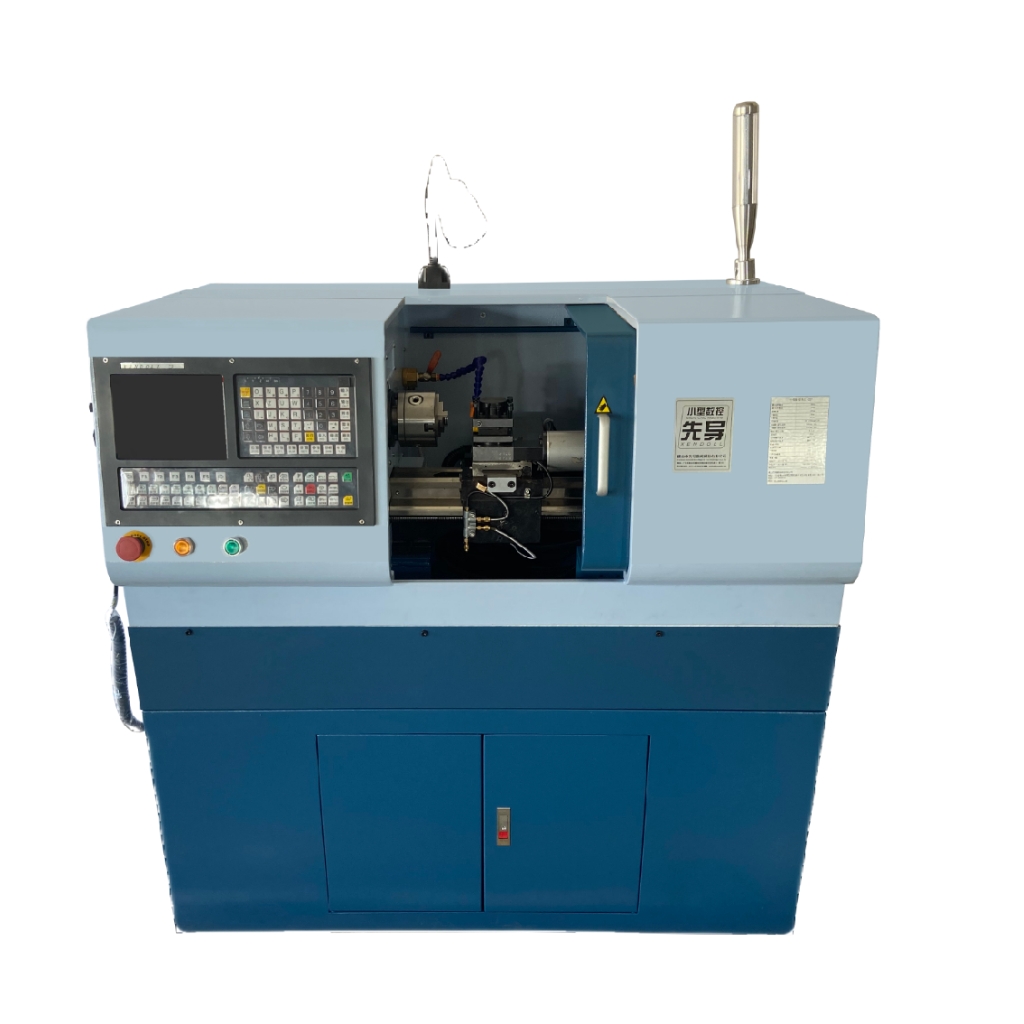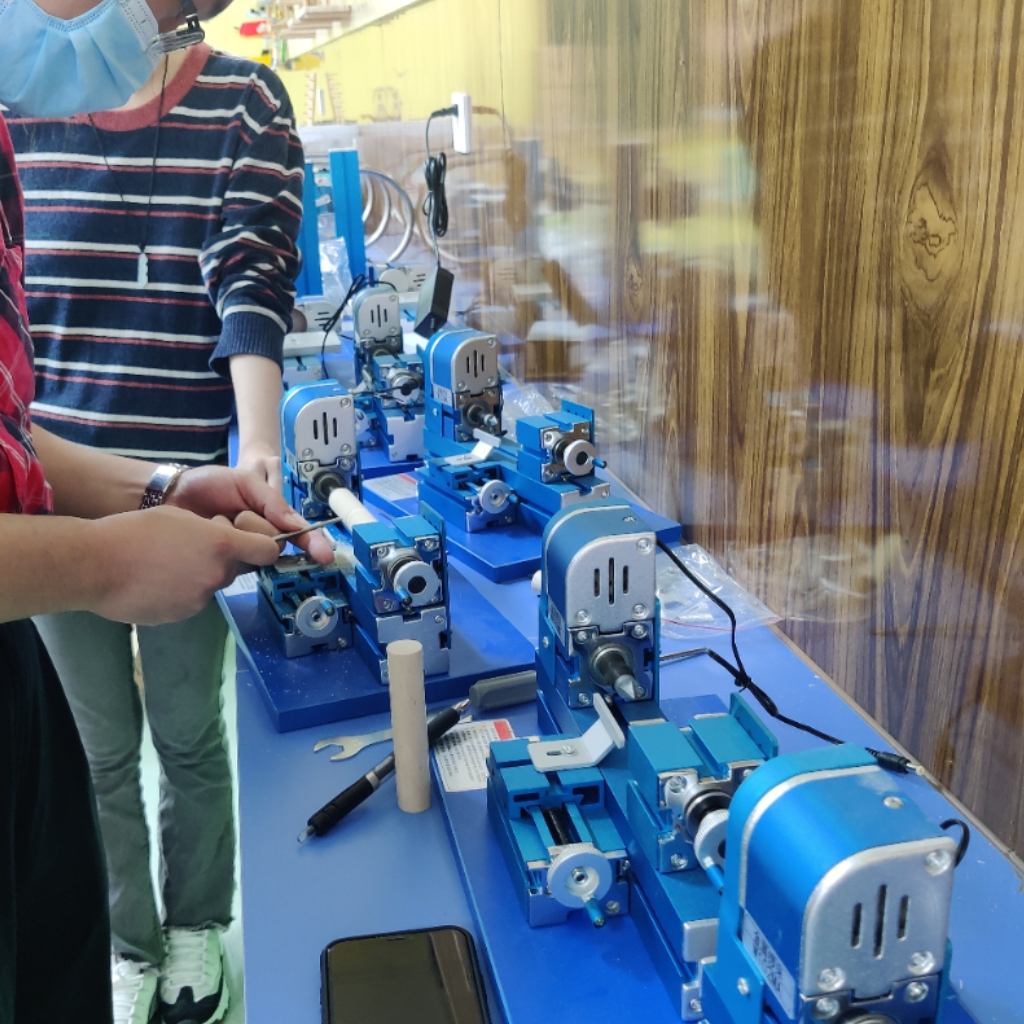Blog
Xendoll has 22 years of experience in the production of small machine tools. We will help you choose the suitable machine and share our experience in CNC machining with you.
 Nov 24, 2025
Nov 24, 2025

 11
11
In the modern world of manufacturing and fabrication, Computer Numerical Control (CNC) technology stands as a pillar of precision, efficiency, and repeatability. For mechanical machining enthusiasts, educational institutions, and industry professionals, understanding the landscape of CNC machinery is the first step toward unlocking its immense potential. A common and fundamental question arises: How many types of CNC machines are there? The answer isn't a single number, as they are categorized by their operation, the number of axes they move on, and their specific application. This guide will break down the primary types of CNC machines, empowering you to make an informed decision for your workshop, classroom, or business. At Xendoll Tools, we specialize in providing high-quality, accessible mini CNC equipment that brings this advanced technology within your reach.
The Diverse World of CNC Machinery: Classified by Process
The most practical way to categorize CNC machines is by their core machining process. Each type is designed to shape materials in a unique way, offering different advantages.

1. CNC Milling Machines
Arguably the most common type, CNC mills use rotary cutting tools to remove material from a stationary workpiece. Think of them as automated, ultra-precise carving tools. They can perform a vast range of operations, including drilling, tapping, and slotting.
Key Features: Utilizes multi-point cutting tools; the spindle rotates while the workpiece is fixed to a bed that moves in multiple axes.
Common Applications: Creating complex 3D shapes, engine components, molds, and intricate mechanical parts.
Xendoll Connection: Our range of mini CNC milling machines is perfect for hobbyists and technical schools looking to practice prototyping, model-making, and small-part production with the same fundamental principles used in industrial settings.
2. CNC Lathes (Turning Centers)
While a mill moves the tool against a stationary workpiece, a CNC lathe does the opposite: it rotates the workpiece against a stationary cutting tool. This process, known as "turning," is ideal for creating cylindrical or conical parts.
Key Features: The workpiece is held in a chuck and spun at high speed. A single-point cutting tool is then precisely moved along the rotating material to shave away excess.
Common Applications: Producing shafts, bolts, pulleys, and any parts that are symmetrical around an axis.
Xendoll Connection: For those interested in precision metalworking or woodturning on a smaller scale, a mini CNC lathe from Xendoll offers a fantastic entry point to master the art of turning.
3. CNC Routers
CNC routers are similar in concept to mills but are typically used for softer materials like wood, plastics, foam, and non-ferrous metals. They are known for their larger work areas, making them ideal for sheet-based processing.
Key Features: Generally have a gantry-style structure that covers a large bed; high-speed spindles for clean cuts in softer materials.
Common Applications: Sign-making, woodworking, cabinetry, creating musical instruments, and cutting intricate patterns from sheet stock.
Xendoll Connection: Our desktop CNC routers are a favorite among craftsmen and educators for projects that require a larger working area without the industrial-scale footprint and cost.
4. CNC Laser Cutters and Engravers
This type uses a highly focused laser beam to either cut through or mark the surface of a material. They offer incredible detail and a non-contact process, meaning there's no tool wear.
Key Features: The laser head is controlled by the CNC system to move across the workpiece. The power of the laser determines whether it engraves the surface or cuts completely through.
Common Applications: Precision cutting of acrylic and fabric, detailed engraving on leather, glass, or wood, and creating personalized items.
Xendoll Connection: Integrating a mini laser engraving module with your Xendoll setup can significantly expand your creative and commercial possibilities, allowing for detailed personalization and fine cutting work.
5. Other Specialized CNC Machines
Beyond the core categories, several specialized machines serve niche purposes:
CNC Plasma Cutters: Use a high-velocity jet of ionized gas (plasma) to cut through electrically conductive materials, primarily thick metal sheets.
CNC Electrical Discharge Machines (EDM): Uses electrical sparks to erode material into a desired shape, capable of machining extremely hard metals and complex geometries that are difficult for traditional tools.

Conclusion: Choosing the Right Tool for Your Needs
So, how many types of CNC machines are there? As we've seen, the family is diverse, with each member—from the versatile CNC mill to the specialized CNC lathe and the creative CNC router—excelling in its own domain. The "best" type is entirely dependent on your specific needs: the materials you work with, the complexity of your designs, and your production scale.
For mechanical machining enthusiasts, educational equipment dealers, and small-scale workshops, the goal is to find machinery that is reliable, precise, and accessible. This is precisely the gap that Xendoll Tools fills. We provide a range of mini CNC machines and accessories that embody the core principles of industrial CNC technology in a compact, user-friendly, and affordable format. By understanding the different types of CNC machines, you can better select the perfect tool to bring your digital designs to life. Explore the possibilities at xendolltools.com and take the next step in your machining journey.



 Show all our samples
Show all our samples
 Provide you with a free quote
Provide you with a free quote
 Answer all the questions you may have
Answer all the questions you may have
 Guided installation and other options
Guided installation and other options